Artificial Intelligence (AI) technologies are developing rapidly and one of them might just end up reducing the price of supermarket salmon.
That may be the outcome for consumers if new research successfully tackles a problem that has plagued fish farmers throughout the Highlands and Islands for years, sea-lice.
Aberdeen University and the Oban-based Scottish Association for Marine Science (Sams) have teamed up for the innovative acquaculture project, which uses underwater holographic imaging technology.
It is hoped it will lead to the early detection of sea-lice in waters around salmon farms.
Seafood giant Mowi among the project partners
With AI sorting images to identify parasites, the system is expected to be much faster than the current manual water sampling and lab-based analysis by salmon producers.
Electronics firm Hi-Z 3D, seafood giant Mowi, the Scottish Environment Protection Agency and Scottish Government’s marine directorate are also supporting the project.
Thangavel Thevar of Aberdeen University’s school of engineering said: “The type of camera being used… was first developed for the identification of marine organisms and microparticles in the ocean.
“It provides an accurate reflection of the different species present in the water.
“We saw an opportunity for the tool to be used to support the aquaculture sector with fish health management.”
Images gathered over the next 18 months will help us to create the baseline for future analysis.”
Thangavel Thevar, Aberdeen University
Mr Thevar added: “Holographic imaging technology will be supported by AI and machine learning, which will help with the identification and cut processing time significantly.
“A major element of the project is to train the tool to recognise sea-lice over other species. Images gathered over the next 18 months will help us to create the baseline for future analysis.”
The project recently received funding of more than £538,000 from partners including the UK Seafood Innovation Fund and Sustainable Aquaculture Innovation Centre (SAIC).
Heather Jones, chief executive, SAIC, said: “It is exciting to see how new data-led techniques could support aquaculture to thrive.
“This system could become a valuable tool in our armoury for sustainably tackling the challenge of sea-lice on salmon farms. It could be transformational for fish health management, delivering economic value for the sector, while minimising its environmental footprint.”
Sea-lice cause stock depletion and cost the Scottish salmon sector millions of pounds annually to eradicate them and treat infected fish.
Identifying the parasite from among zooplankton species has previously been compared to looking for a needle in a haystack.
Sams has set up a dedicated sea lice hatchery for the research project and will be supplying sample images that will be used as a starting point for the imaging tool.
In the future, the system could be used by seafood producers as an early indication of sea-lice at the larval stage, as well as being integrated into management strategies.
Sams aquaculture researcher Helena Reinardy said: “Sea-lice are a concern for the aquaculture sector and regulator.
“One of the first steps to managing them is to identify whether they are present in the water.
By the end of this project, we hope to be ready for trialling the system at sea.”
Helena Reinardy, Scottish Association for Marine Science
“Currently, samples are taken using a zooplankton net which requires a lot of time and specialist expertise.
“This new system could provide an opportunity for more regular and accurate monitoring to provide an early indication of potential sea-lice risks.
“By the end of this project, we hope to be ready for trialling the system at sea.”
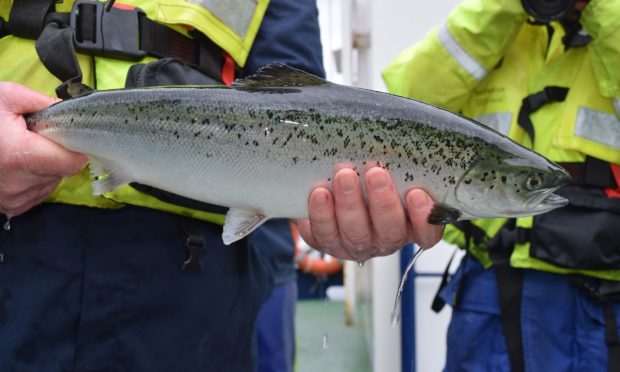
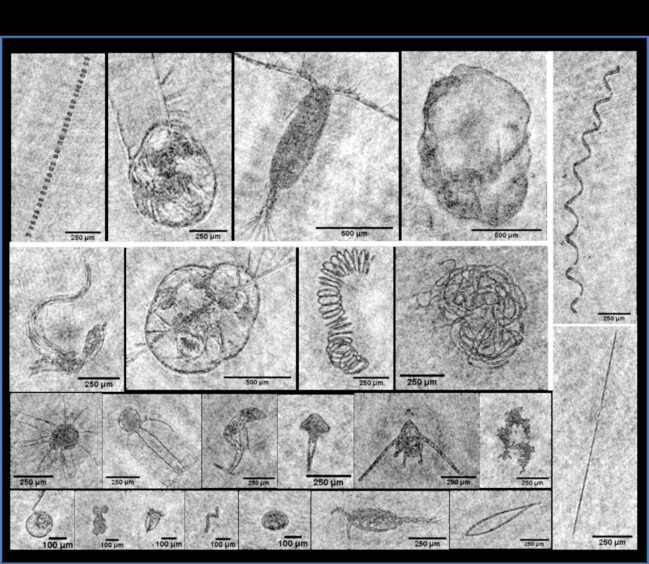
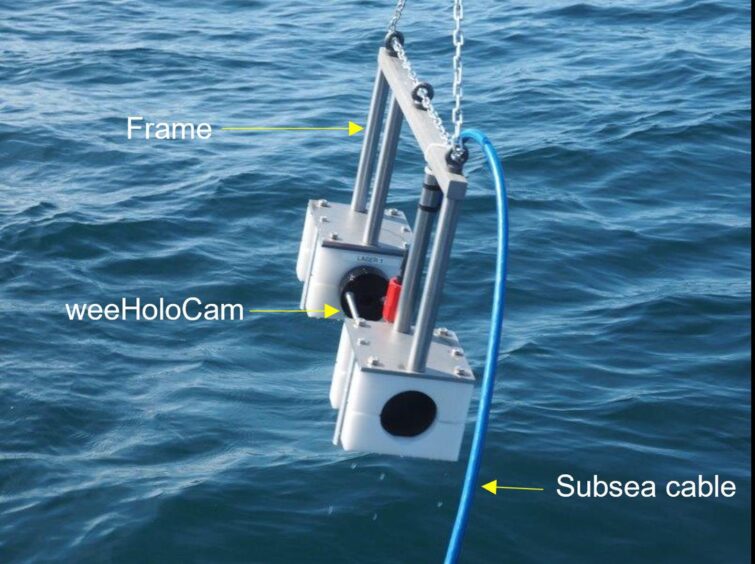
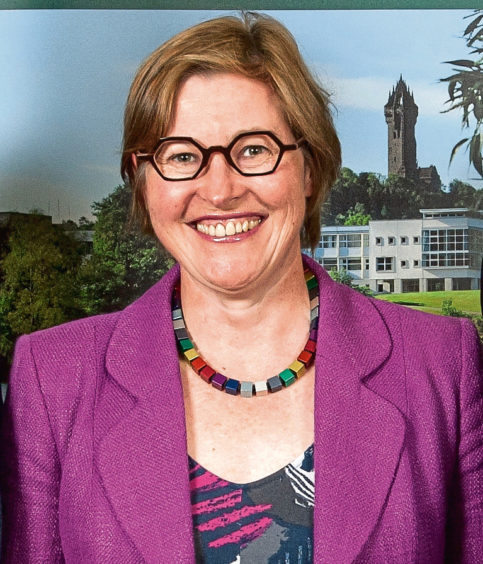
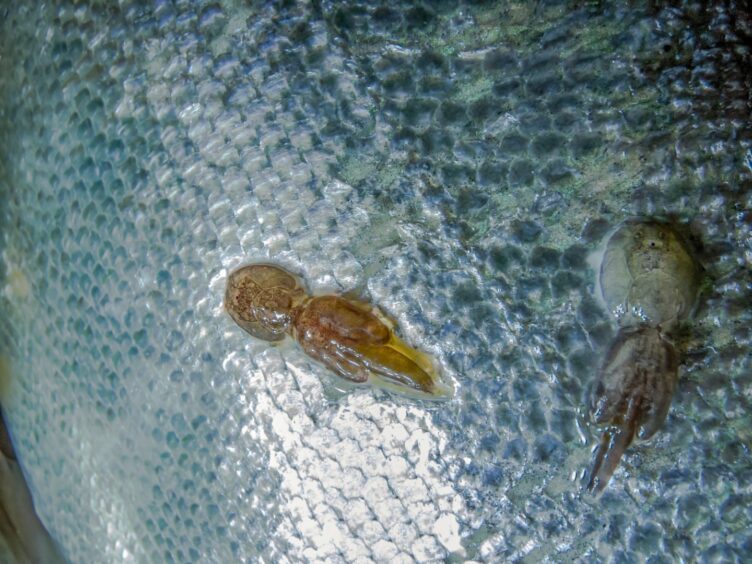


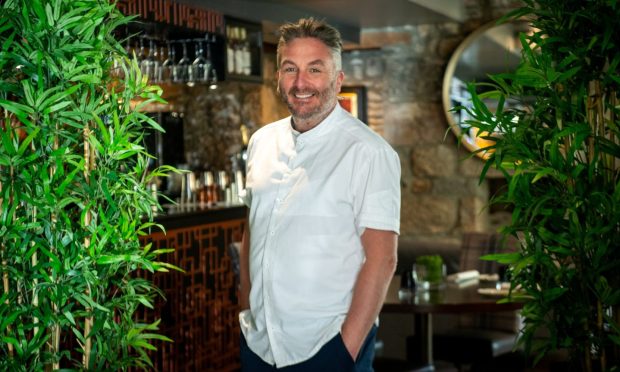
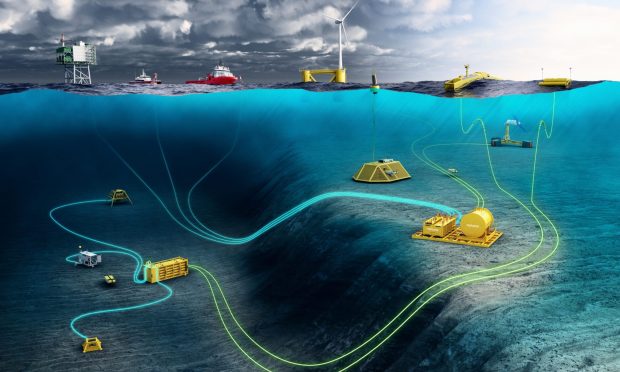



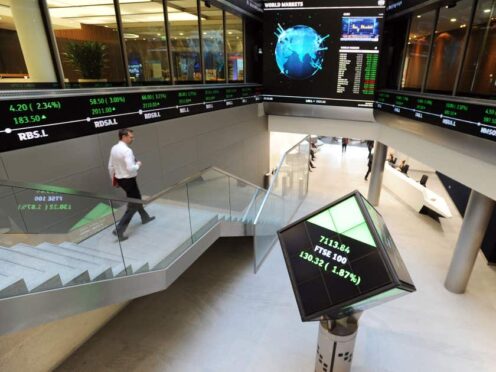

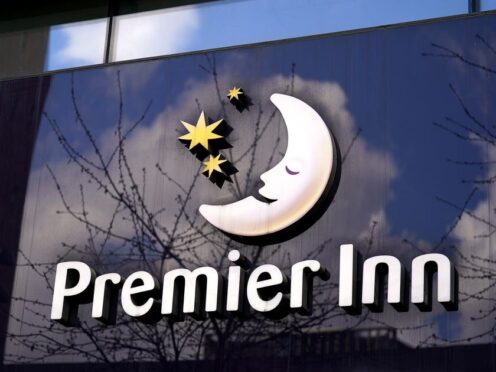
Conversation